Advertisement
Leopards On The Verge Of Extinction In Cambodia
Resume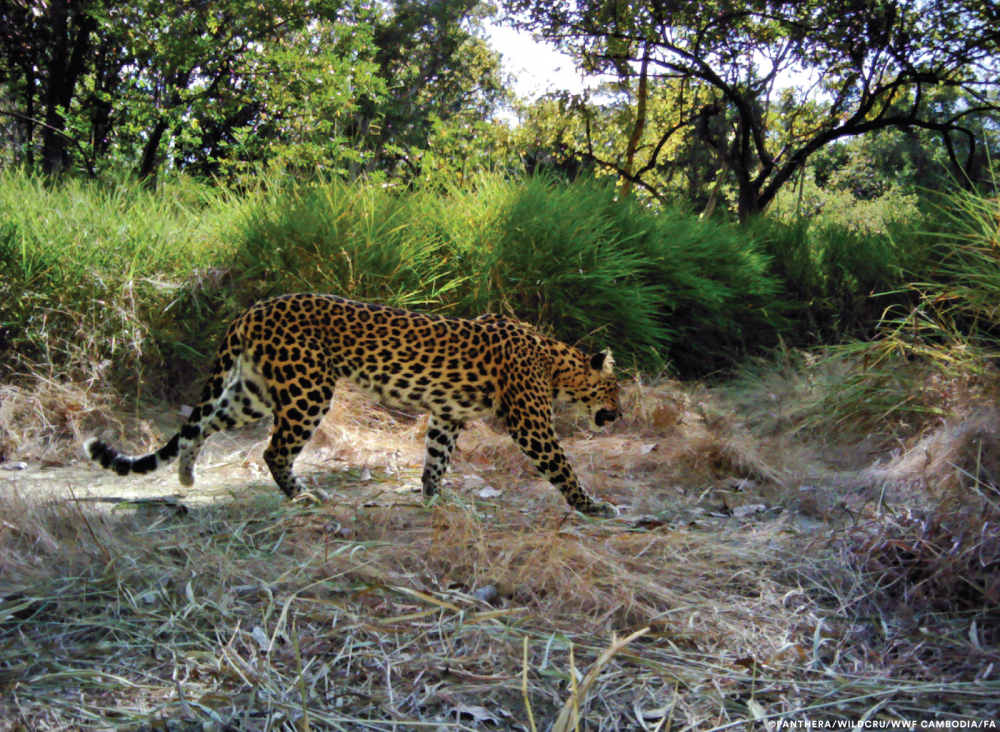
A new study confirms that the breeding population of leopards in Cambodia has declined by 72 percent in the last five years.
Here & Now's Robin Young talks with Luke Hunter, chief conservation officer for Panthera (@PantheraCats), which co-authored the study along with Oxford University's Wildlife Conservation Unit.
Interview Highlights
On reasons for the decline
"It's really the case that what we're seeing in Indochina, but indeed across the world with leopards, is that they are poached fairly intensively, and we think that direct poaching, for leopards themselves, but also for their prey species, is the most important driver in this significant decline that you mentioned."
"We find this is sort of a double whammy in these large ecosystems around the world that large cats rely on. Their prey species are often hunted very intensively by people, and then the cats themselves are hunted — you know, one of these species that we're very, very eager to conserve, not only because they're a wonderful, magnificent species, but they're also really important to these large ecosystems in which they inhabit."
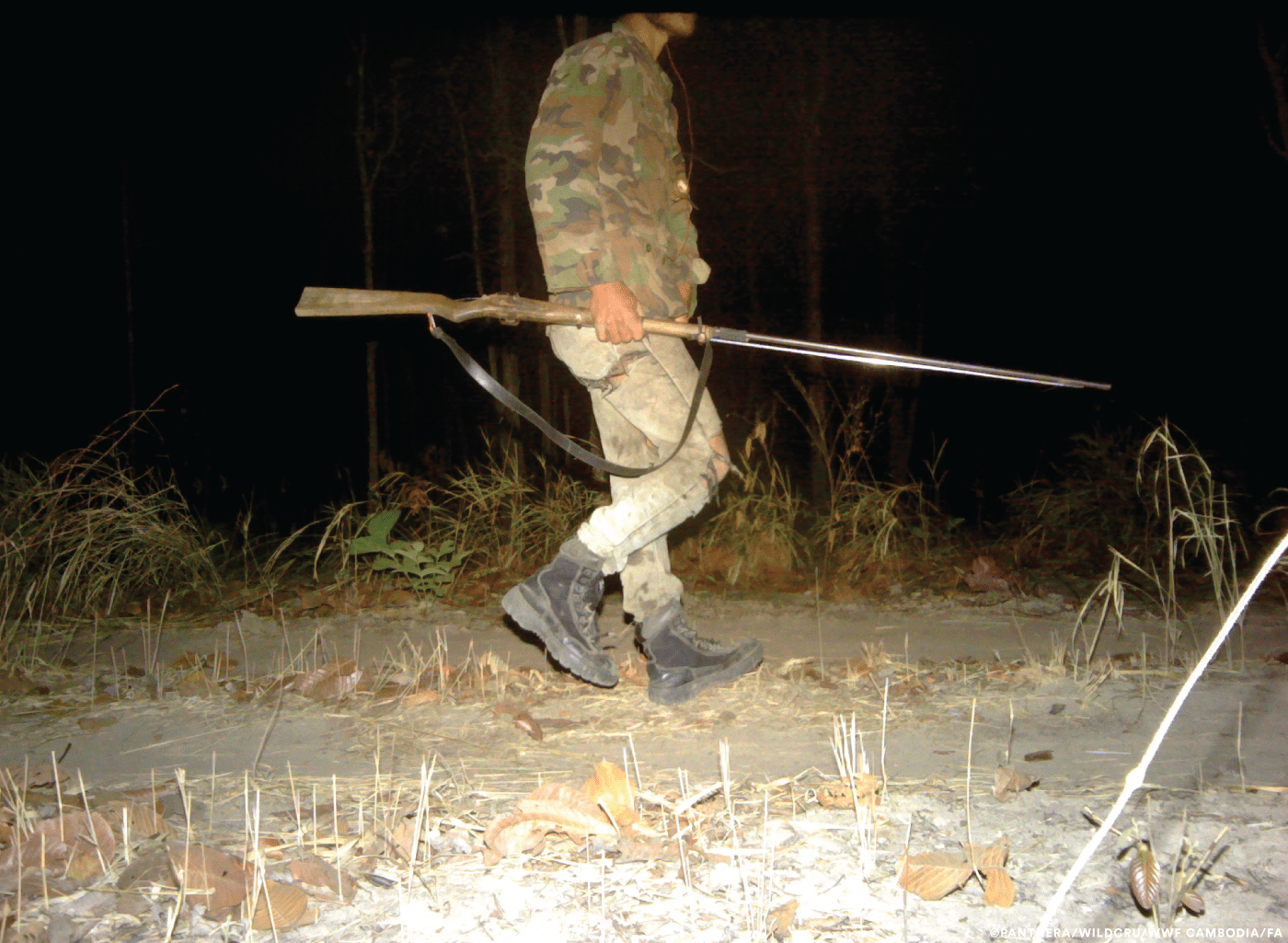
On why leopards are important to their ecosystems
"Leopards can be very, very important species to keep populations of, for example, certain baboon species in regulation. That can actually be a direct benefit to human communities because baboon populations, when they explode, can become really pests to people that rely on crops, that rely on agriculture."
On leopards' value in the wildlife trade
"Not only the skin, you know, that used to be the case. But species like leopards and other large cats are really highly valued for false therapeutic beliefs that are widespread in Asia. So the bones, the organs, the whiskers — all these things are believed to have therapeutic and medicinal value, and of course there's very little evidence for that, but that doesn't necessarily stop that enormous demand."
On discovering the primary prey of leopards was banteng — a wild species of cattle weighing up to 1,760 pounds
"That was one really interesting result coming from this study. It really speaks to the enormous adaptability of the leopard, which can survive on everything from domestic dogs in Indian cities to these massive wild cattle species that we found in Cambodia. The only important caveat to that is, you know, I'm pretty sure the leopards weren't pulling down 2,000-pound adults. They were probably preying primarily on youngsters, on calves. But even so, baby bantengs are a pretty big animal, so it does show you their extraordinary capabilities."
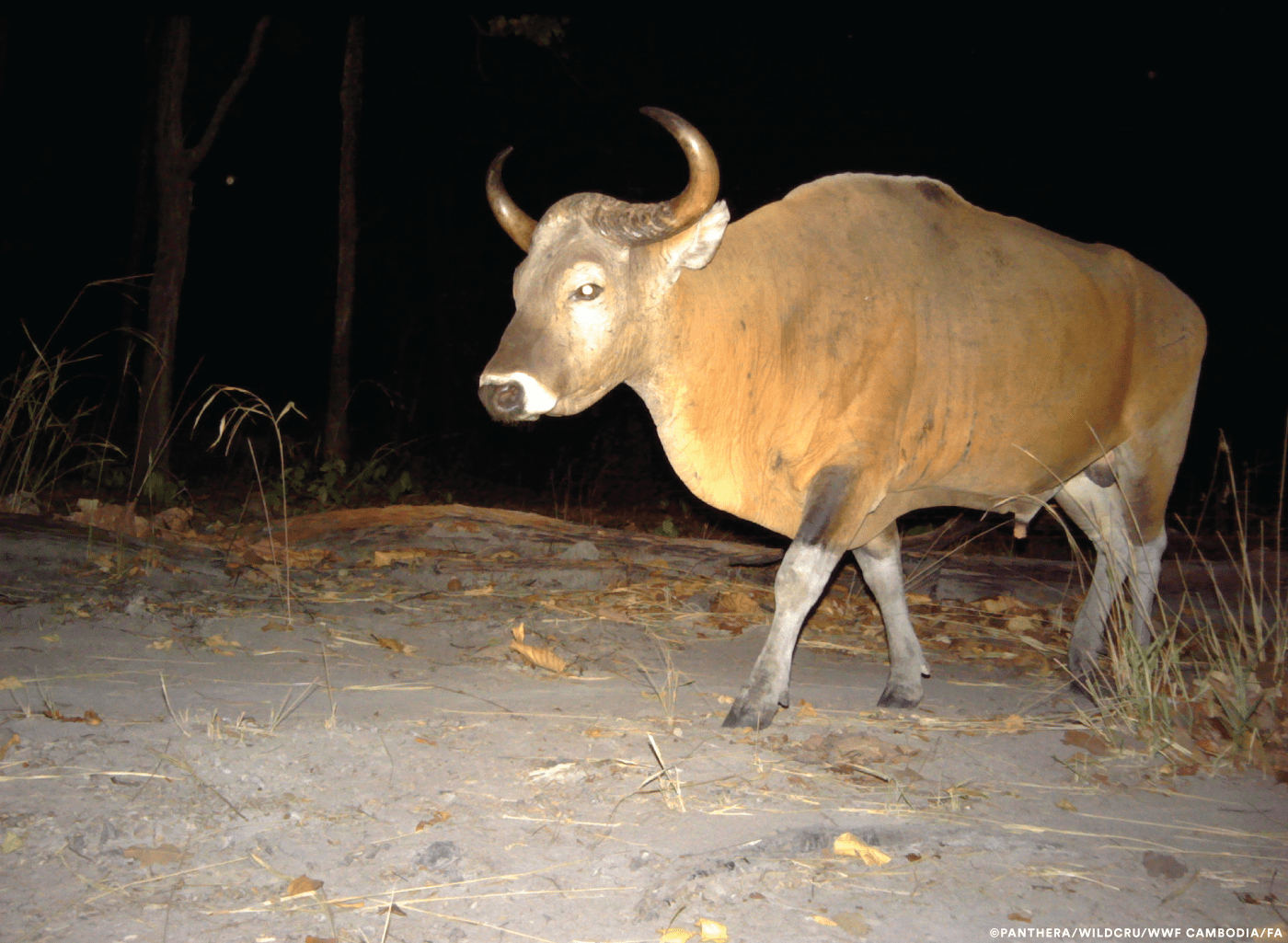
On coming across leopards in the wild
"It's just extraordinary to encounter them. They're a phenomenally beautiful species. I've seen leopards haul prey up trees, you know, it's this unique adaptation that leopards have, mainly in Africa we see it, to avoid losing their carcasses, particularly to hyenas.
"They're spectacularly explosive over short distances. So, like most cats, they can't maintain their speed over large distances in the way that wolves and wild dogs can, so they actually have to be incredibly close to their prey species before they unleash that explosive power."
On whether it's too late to save the leopards
"The same subspecies still continues to exist in Malaysia, Thailand and Burma, perhaps very, very few in southern China. So they're a little bit more populous in the western part of the range of this subspecies. But this last population, fewer than a hundred adults, probably, is the last one in eastern Indochina. And that means it is really, absolutely critical for them there."
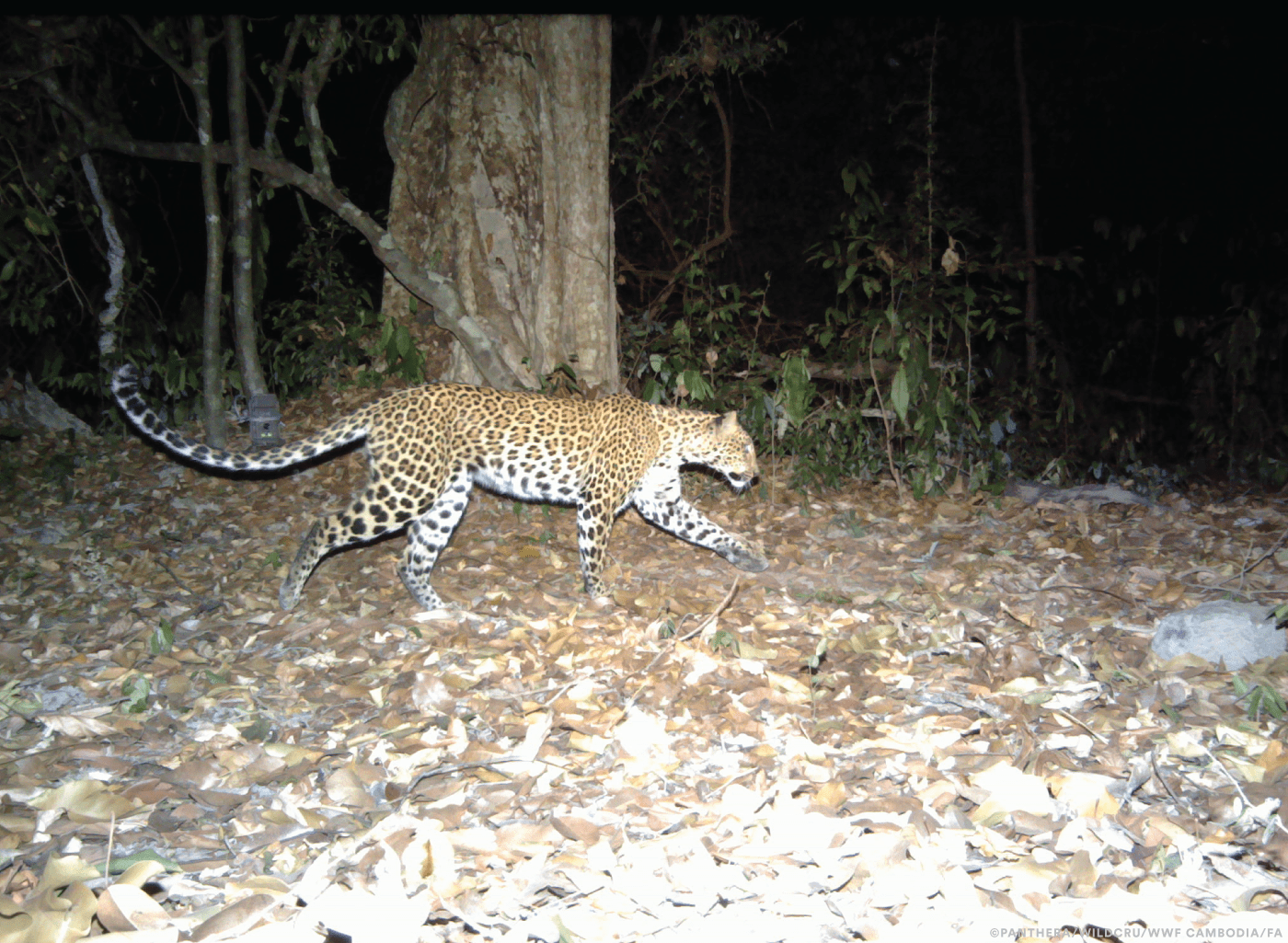
On how to save them
"It's actually not rocket science. The most important thing is some of the work that is now already being done by the Cambodian authorities with cooperation from NGOs in the field like our own, and that is mostly anti-poaching. You just have to have well-prepared, well-planned, thoughtful patrols out in these protected areas. And, remember, they are protected by Cambodia. They're part of the heritage and the national mandate of that country to protect its wild areas. When that happens, you know, we know it works. We've seen fantastic recovery, even with species like the tiger, which is more critically endangered as a species overall. We have seen tiger populations respond when that anti-poaching effort is really well prosecuted."
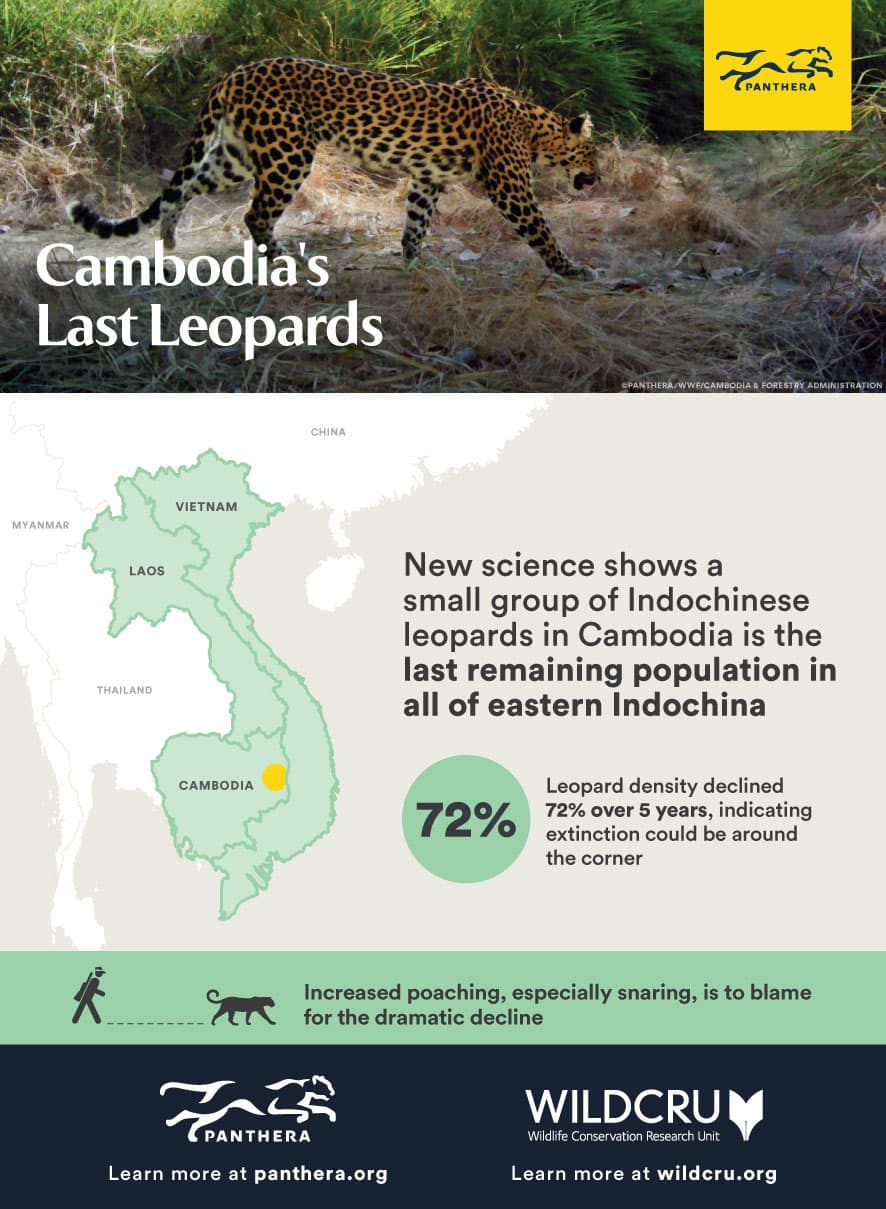
This article was originally published on March 12, 2018.
This segment aired on March 12, 2018.